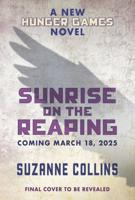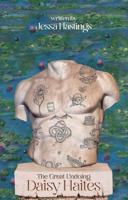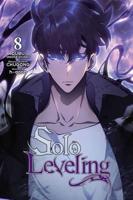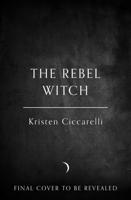Publisher's Synopsis
Professor Binet's little book is familiar to most psychologists in its original form. As is well known, its theory of reasoning is purely associative. The processes involved in reasoning are held to be of like nature with those involved in perception: the impression or idea of an object awakens by similar association the idea of a like object formerly experienced, which, in turn, arouses by contiguous association certain other ideas; thus the passage is made from minor, through middle, to major term. Two elements are ignored in this theory that is recognized in the theory of Professor James, with which Professor Binet compares his own. These elements are, first, the selective activity of attention, which involves the functioning of more complex associative systems than M. Binet's view acknowledges; and, second, the fact that in all voluntary reasoning the major term is present as a directing influence from the start, determining the associations in a given direction. A minor error calls for notice, if it has not been already corrected by some earlier reviewer. In the first part of his argument M. Binet is concerned to prove identity of nature between sensation and image, and in doing so he maintains the theory, now abandoned, of the cerebral seat of the after-image. He adduces in support of this view the experiment where an after-image resulting from the stimulation of our eye, appears, when that eye is closed and the other one opened, in the field of the unstimulated eye after a few seconds interval. That this is merely a phenomenon of rivalry and no evidence of the cerebral seat of the image, it is unnecessary to explain.As for the translation, though extremely French at times, it is in general sufficiently correct and intelligible.


